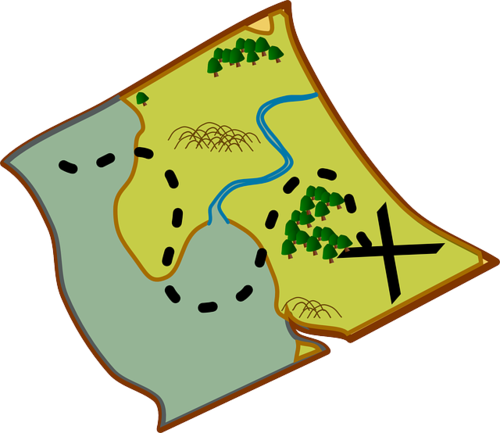It’s Alive…
For everyone who thought this blog was on hiatus – it wasn’t. It was on involuntary vacation after WordPress kept reinstalling itself on top of the existing database. (Has that happened to anyone else? If so, I’d like to talk to you.) Having gained new appreciation for the importance of recent backups and reliable tech support, I’m going to hammer out a short post about another topic: creativity.
Specifically, creativity and the idea that your own concepts may be just as good as the next designer’s. This not-earthshaking insight comes courtesy of a website: campfires.io. You may have encountered this site in the past, especially if you’re in the storytelling or design game. I had, but I never truly understood its inspirational power until now.
Everyone feels a little fish-out-of-water when starting a new creative endeavor. It’s natural. It takes a while to develop a portfolio and feel your creative oats. Design, in particular, seems to demand an extra level of self-assurance. After all, if you don’t believe in your own work, who will?
Reading a recent blog post about campfires.io reminded me of many conversations I’ve had over the past year. In a cohort of aspiring designers, we all had moments of doubt. Knowing that “pros” feel this way, too, is empowering and oddly uplifting.
The quote from Pitchfork’s Molly Butterfoss is telling: “…never feel like you don’t belong somewhere or that you don’t know what you’re doing. No one knows what they’re doing and being able to handle that and adapt is what makes you a good designer.”
Those first designs are terrible. Critiques are justifiably brutal. But the next design is better and the next one is better still.
Not much new here, but it has tremendous resonance for me and, I suspect, the great group of people I’ve been working with for the past 12 months. We all had moments of doubt. We felt pangs of inadequacy. But, in the end, we emerged stronger and self-assured – the prerequisite for any creative career. In Jacob Gube’s words: “What’s important is that we start. And that we keep moving forward once we do.”
We’ve made a start. And now it’s time to move up and ahead. Good luck, everyone.






